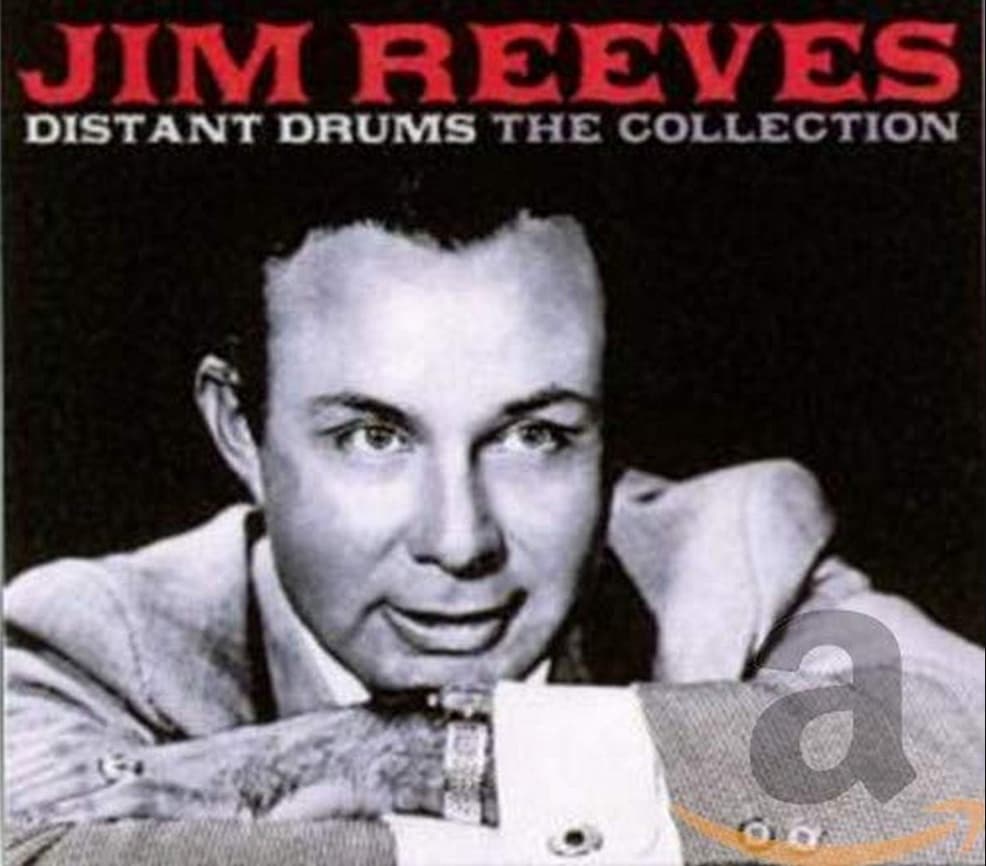
Jim Reeves – Distant Drums (1966): The Posthumous Ballad of Timeless Love and Urgent Farewell
Ah, the gentle, resonant voice of Jim Reeves, “Gentleman Jim.” For so many of us who remember the heart-stirring, sophisticated simplicity of his music, the very mention of his name conjures a warmth tinged with a deep, persistent melancholy. There’s a profound layer of bittersweet irony draped over the success of “Distant Drums,” a song that became an unexpected, and enduring, global phenomenon two years after the man himself was tragically taken from us in a plane crash on July 31, 1964.
A Posthumous Triumph on the Charts
You see, for all his tremendous popularity and string of hits, “Distant Drums” is the song that gave Jim Reeves his only number one hit on the UK Singles Chart. It wasn’t just a hit; it was a phenomenon, soaring to the Number 1 spot in September 1966 and holding that position for an impressive five weeks, beating out competition from the likes of The Beatles and the Small Faces. This was a remarkable feat for a ballad, particularly one from a deceased country-pop crooner in the heart of the swinging sixties. It was so impactful that it was named the UK’s “song of the year,” a special award for which Reeves became the first overseas recipient. Stateside, it also crowned the US Country Chart for four weeks, solidifying its place as his most successful posthumous single. It lingered on the UK charts for a total of 25 weeks, speaking volumes about its staying power and the deep affection the British public held for the singer and his smooth, baritone sound.
The Story Behind the Song’s Release
The story of how this song even made it to the airwaves is almost as moving as the song itself, full of those strange, fateful twists that life often delivers. Written by the remarkable Cindy Walker, Reeves originally recorded “Distant Drums” in a notably low-fidelity setting, reportedly under the impression it was solely for her private use. Both his record company, RCA, and his legendary producer, Chet Atkins, had initially dismissed it as unsuitable for wider public release. It sat on the shelf, a quiet, simple recording, perhaps waiting for its moment. Following his untimely passing, however, the track was revisited. It was given a lush, emotional overdubbing with an orchestral backing, transforming the intimate recording into the grand, sweeping ballad we remember. This act of artistic reconstruction breathed new life into an overlooked gem, a final, beautiful gift from Gentleman Jim to the world.
The Enduring Meaning and Legacy
The essence of “Distant Drums” is one of urgent love and the inevitable shadow of duty. The lyrics tell the story of a young man, hearing the metaphorical—or perhaps literal—sound of war calling him away: “I hear the sound of distant drums, Far away, far away.” It is a heartfelt, deeply romantic plea to his beloved, “Mary,” to marry him immediately: “So Mary marry me, let’s not wait… Love me now, for now is all the time there may be.”
For those of us who lived through those years, the release of the song in the summer of 1966 carried an immense, unspoken weight. It arrived as the escalation of the Vietnam War was becoming an increasingly painful, divisive reality. The song’s theme of a young life abruptly interrupted by the call to war resonated deeply with the fears, separations, and anxieties felt by countless families, both in America and across the world. The poignant sense of now is all the time there may be felt tragically real, a universal expression of love confronting an uncertain future.
For our generation, Jim Reeves’ voice was a steady, warm comfort, a soothing presence in an era of rapidly changing, often tumultuous music. “Distant Drums” isn’t just a love song; it’s a nostalgic echo of a time when romance was conveyed with a gentle sincerity and when a man’s word and duty held a profound place. It taps into a primal emotional well—the fear of loss, the sweetness of a last moment shared, the timeless bond of commitment. The fact that its success came after his death only amplifies its emotional resonance, turning the song into an unwitting epitaph—a beautiful, haunting reminder to cherish the present, for the distant drums may be closer than we think.